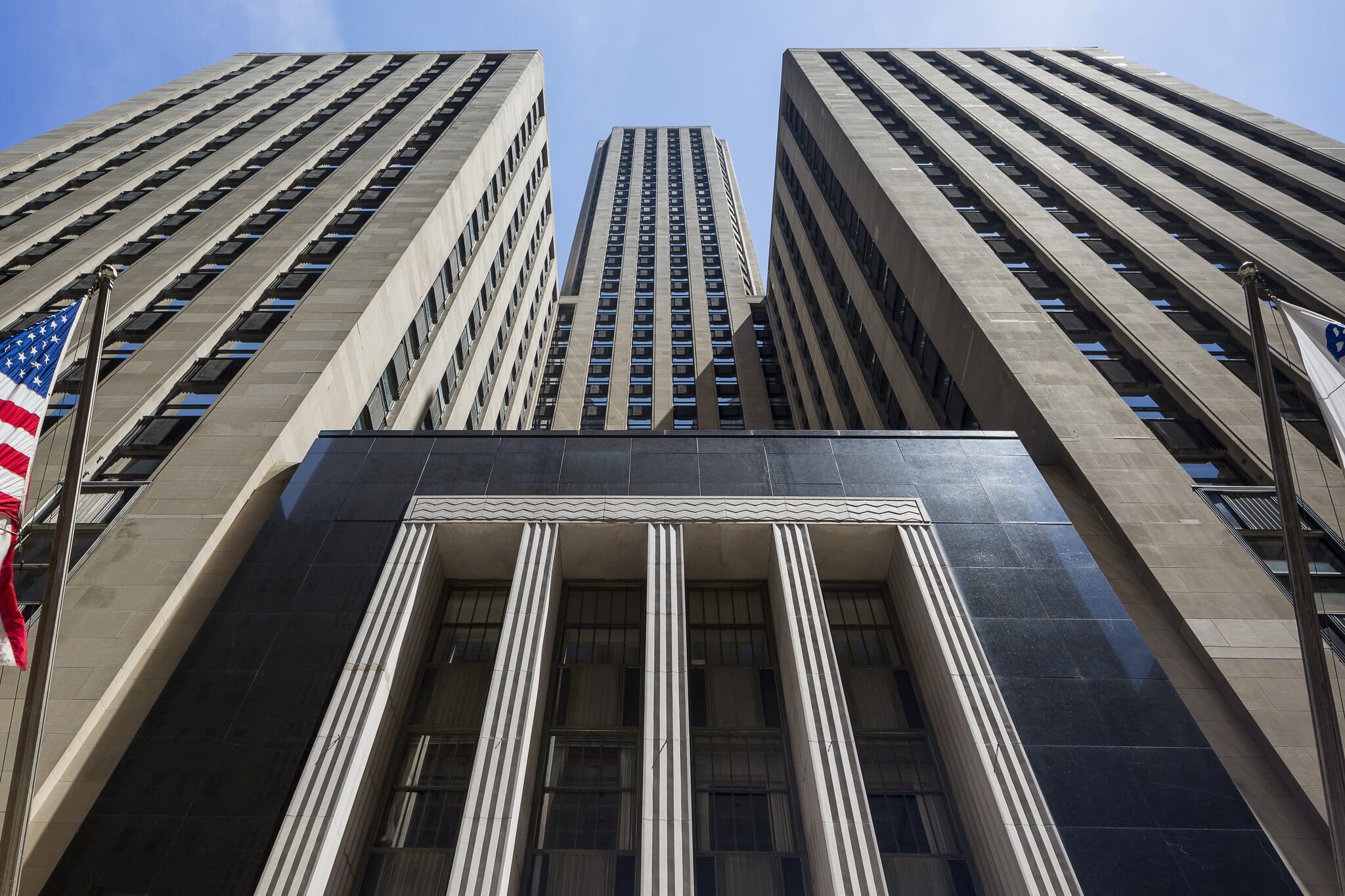Historic 135 South LaSalle to Undergo $241M Office-to-Residential Conversion in Chicago’s Loop
The $241 million redevelopment of 135 South LaSalle Street, supported by a $98 million tax increment financing (TIF) subsidy, represents a pivotal moment for Chicago’s commercial real estate market, particularly within the Loop. This ambitious project seeks to transform the 45-story historic office building into a mixed-use space featuring 386 residential units—including 116 affordable apartments—and 92,000 square feet of retail space, with a grocery store anchoring the amenities. For a market grappling with historically high office vacancies, this development symbolizes a strategic shift toward revitalization and adaptability.
Addressing the Office Vacancy Crisis
The conversion of underutilized office spaces into residential and mixed-use properties like 135 South LaSalle is a response to the dramatic increase in downtown office vacancies, which stood at 25.8% in the third quarter of 2024. This figure has nearly doubled since the onset of the pandemic in early 2020, driven largely by the rise of remote work and shifting workplace dynamics. Converting office buildings into residential units offers a practical solution to combat these rising vacancies while repurposing assets in ways that meet evolving market needs.
This trend has implications for the entire Chicagoland market. By transforming buildings that would otherwise remain vacant, developers are breathing new life into properties and positioning the Loop for a resurgence. The 135 South LaSalle project exemplifies how adaptive reuse can be leveraged to reimagine underutilized spaces, making them functional, attractive, and economically viable again.
Boosting Residential Demand and Mixed-Use Appeal
Bringing 386 new residential units, including 116 affordable units, to the Loop is a significant step toward diversifying the area’s housing options and creating a more vibrant, 24/7 downtown community. As more people choose to live in central neighborhoods, it increases foot traffic and demand for services, creating a virtuous cycle of economic activity. Retail businesses, restaurants, and service providers will benefit from this influx of new residents, making downtown more attractive for other potential investors and developers.
The addition of a grocery store within the mixed-use development is particularly noteworthy. Grocery stores serve as critical amenities for residents and represent a key component of transforming the Loop into a livable, walkable neighborhood. This shift toward mixed-use functionality reflects changing consumer preferences and supports broader urban planning goals aimed at reducing reliance on cars and enhancing community engagement.
The Role of Public-Private Partnerships
The $98 million TIF subsidy demonstrates the City of Chicago’s commitment to revitalizing the downtown area and supporting innovative, adaptive reuse projects. While tax increment financing can be contentious, proponents argue that it is necessary to spur private investment and breathe new life into aging, underutilized buildings. Critics, however, question the allocation of public funds to such projects, suggesting that a more balanced approach may be necessary to ensure equitable urban development.
The use of TIF funding for the 135 South LaSalle project underscores the importance of public-private collaboration in addressing large-scale market challenges. The LaSalle Street Reimagined program, which aims to convert aging office buildings into residential and mixed-use spaces, illustrates a proactive effort by the city to reshape its downtown core and adapt to a new economic reality.

Implications for the Broader Market
The redevelopment of 135 South LaSalle is part of a broader trend of office-to-residential conversions taking place across Chicago’s Loop. Other notable projects, such as Campari Group and R2’s conversion of 79 West Monroe Street and conversions at 30 North LaSalle Street, 208 South LaSalle Street, and 111 West Monroe Street, further emphasize the market’s shift. Together, these projects are changing the fabric of the downtown Chicago real estate market, creating a new balance between office, residential, and mixed-use spaces.
For commercial real estate agents in Chicago, the shift presents opportunities to reposition office assets, market newly created residential units, and attract tenants and buyers who seek modern, mixed-use environments. The demand for flexible spaces that can accommodate changing work and lifestyle needs is growing, and adaptive reuse projects like 135 South LaSalle are setting the stage for a new era of downtown development.
Long-Term Market Impact
The success of these conversions will play a critical role in determining the future trajectory of Chicago’s downtown market. If they prove successful, they could catalyze further investment, stabilize property values, and encourage new development and redevelopment efforts across the city. However, the market will need to navigate challenges related to financing, tenant attraction, and community engagement to ensure that these projects deliver their intended benefits.
Conclusion
The transformation of 135 South LaSalle Street highlights a broader shift in Chicago’s approach to revitalizing its downtown core amid high office vacancies. By embracing mixed-use and residential conversions, the city and its developers are creating a more dynamic, resilient, and adaptable market. While challenges remain, projects like this offer a blueprint for addressing economic shifts and revitalizing urban spaces in ways that benefit residents, businesses, and the broader community. As such, they represent a critical step in shaping the future of the Chicagoland office and residential market, providing a pathway for sustainable growth and redevelopment in a rapidly changing real estate landscape.

